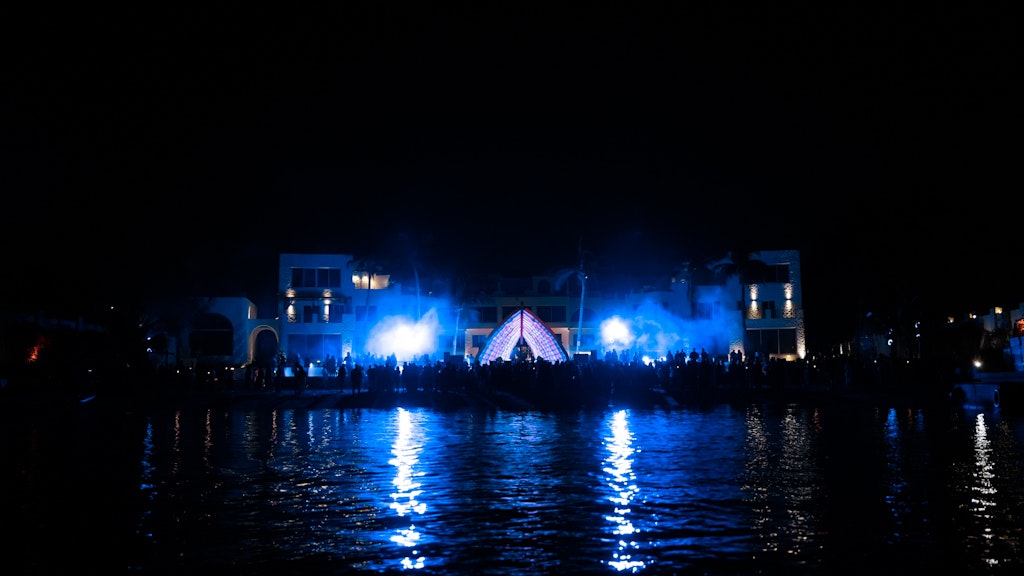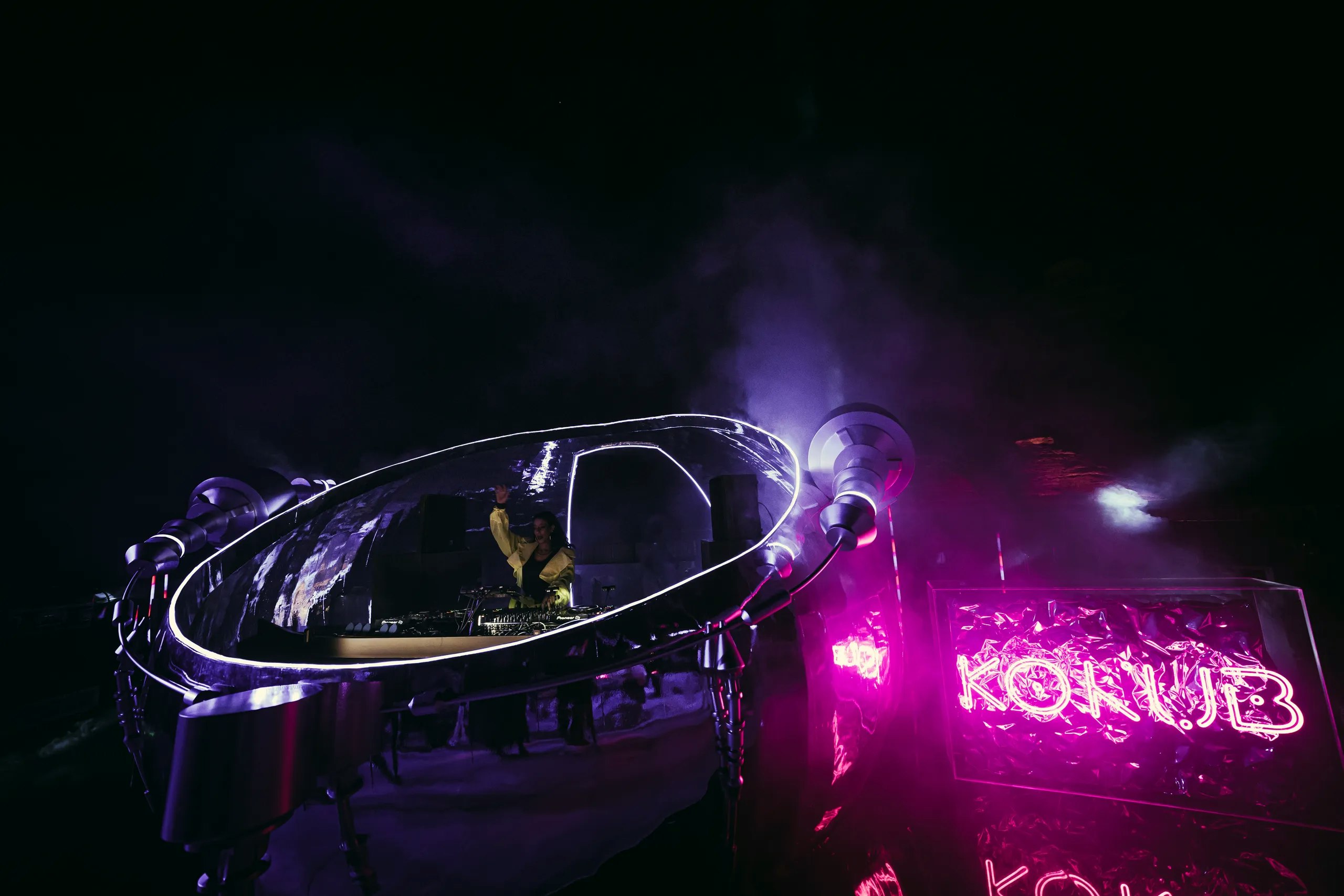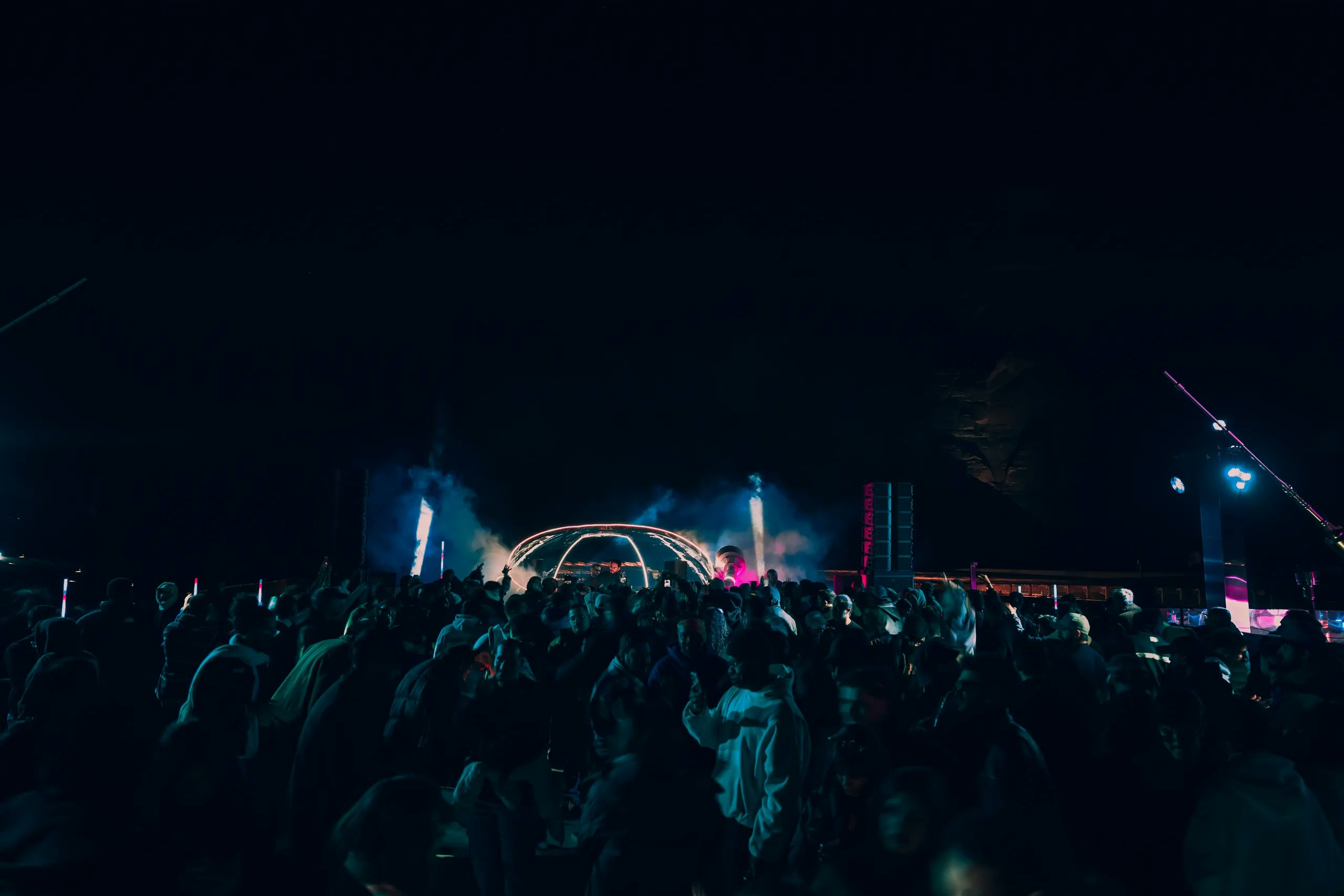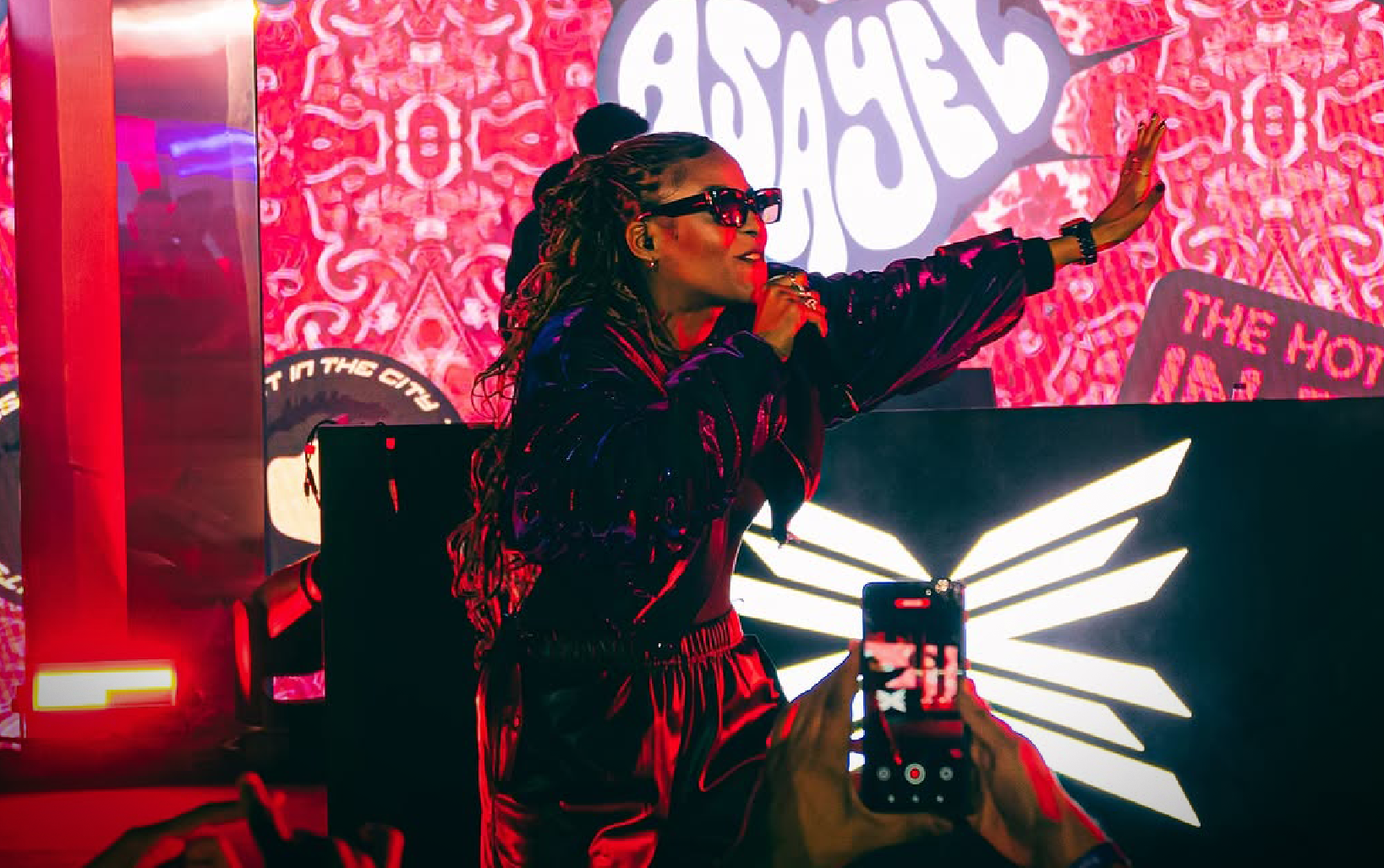
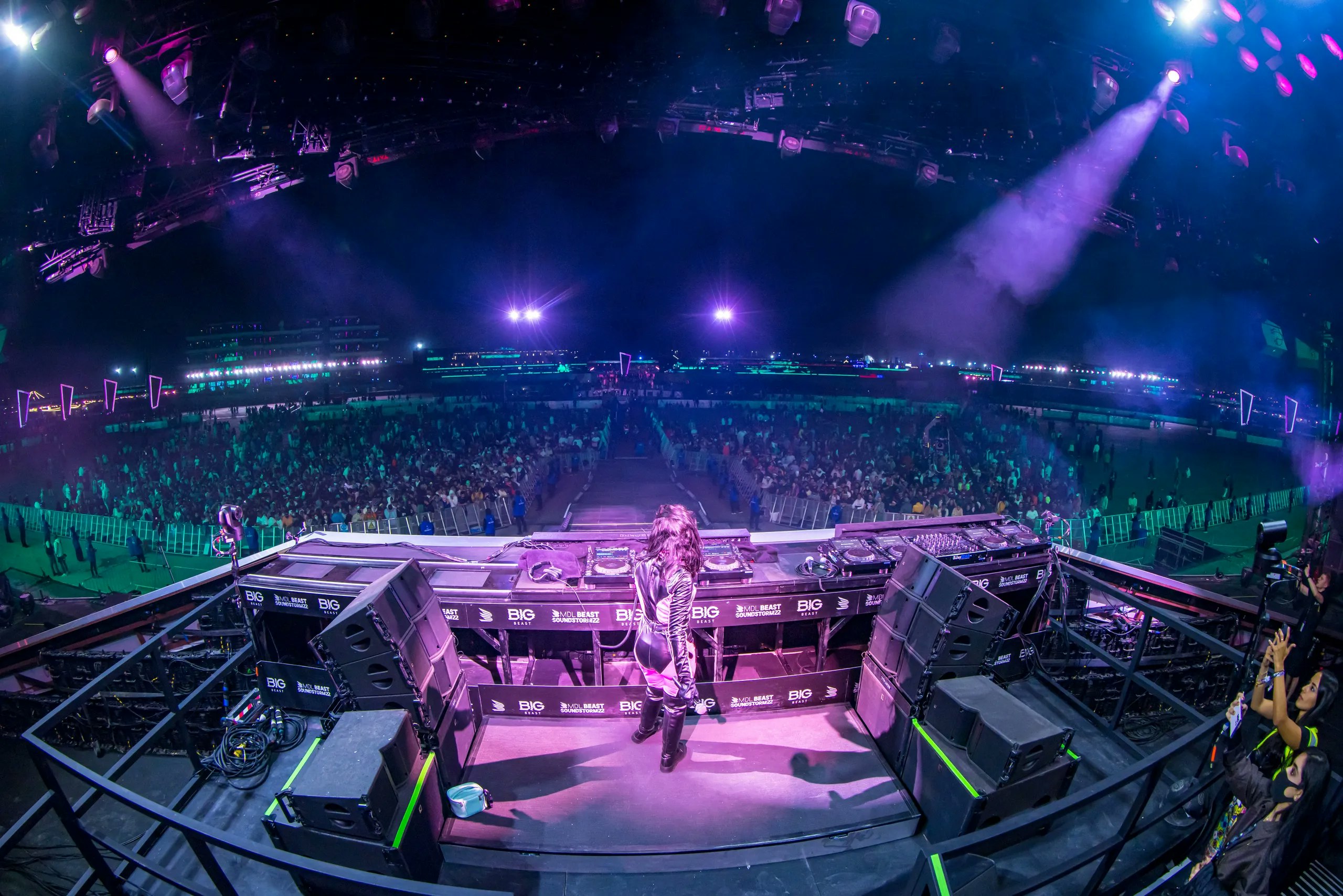
The Beat of Tomorrow: The Evolution of Electronic Music
By MDLBEAST
September 24 2023
The Beat of Tomorrow: The Evolution of Electronic Music
By MDLBEAST
September 24 2023
Electronic music has carved an unparalleled path in the music industry, transcending time and cultural boundaries to become a global phenomenon. Since the return of live concerts in 2021, the global electronic music industry has witnessed a comeback, with Electronic Dance Music (EDM) artists being particularly sought after globally for music festivals.
The evolution of electronic music from its experimental beginnings to its current dominance on dance floors worldwide is a fascinating story spanning over a century. We'll honor the pioneering musicians who helped pave the way for electronic music as we learn its history and investigate its many subgenres - from electronic dance music (EDM) to electro-pop to techno house to melodic techno.
The Early Roots of Electronic Music
The origins of electronic music can be traced back to the 1940s and 1950s when pioneering artists like Karlheinz Stockhausen and Pierre Schaeffer began experimenting with electronic instruments and sound manipulation. The invention of the Theremin (one of the first electronic musical instruments played without physical contact) by Lev Sergeyevich Termen (Léon Theremin), and the Telharmonium by Thaddeus Cahill were early milestones that set the stage for future innovations.
Early electronic music was primarily composed of tape loops, synthesizers, and other electronic instruments that created avant-garde and experimental compositions that challenged conventional musical norms.
The Buchla and Moog synthesizers were a few of the earliest synthesizers which were commercially available, and which enabled musicians to create brand-new, out-of-this-world sounds.
The Rise of EDM
In the 1980s and 1990s, electronic dance music (EDM) emerged as a dominant force in the music scene, with the rise of genres like disco, house, and techno. DJs and producers like Frankie Knuckles and Juan Atkins played a pivotal role in popularizing house and techno, and creating a revolutionary club culture.
Disco (which emerged a little earlier, during the 1970s) became a cultural phenomenon with its dancefloor-friendly tunes, while house music emerged in Chicago, characterized by its 4/4 rhythm and soulful vocals. Techno, born in Detroit, featured repetitive beats and futuristic soundscapes, which created an intense and hypnotic experience on the dance floor.
Meanwhile, the 1990s and 2000s witnessed a revolutionary expansion of electronic music. A new generation of electronic music producers emerged with the introduction of affordable home computers and digital audio workstations (DAWs). Popular electronic music included trance, drum and bass, and ambient, and performers like The Prodigy, Daft Punk, and Aphex Twin became household names.
The Allure of Electro-Pop
As technology advanced, EDM evolved into a global phenomenon. Artists like David Guetta, Calvin Harris, Avicii, and Lady Gaga (to name a few) helped bring EDM to the mainstream. Their chart-topping collaborations with various genres have shown EDM to be a versatile genre with widespread popular appeal.
Electro-pop emerged as a fusion of electronic music and pop elements. These tracks involved the incorporation of electronic beats and synthesizers into classic pop, creating infectious and catchy tunes that had the world in a chokehold.
Techno House: A Driving Force on the Dance Floor
Techno-house - a dynamic sub-genre of electronic music that merges techno and house - is characterized by its propulsive basslines, syncopated percussion, and hypnotic synth melodies. The sub-genre dominated the scene when it emerged, inducing an irresistible urge to dance. Its auditory style is defined by seamless transitions, intricate sound layering, and a sense of continuous progression, immersing listeners in a euphoric state of mind.
Contemporary techno house artists like Nina Kraviz, Amelie Lens, and Charlotte de Witte have garnered a dedicated following and solidified techno house's place in the electronic music landscape.
The Appeal of Melodic Techno
The genre of melodic techno has become increasingly popular recently because of its emphasis on emotive melodies and immersive soundscapes. This subgenre of techno is characterized by a more emotional and introspective approach, with eerie melodies and beautiful chord progressions that draw the listener in.
Artists like Stephan Bodzin, Tale of Us, Adriatique, and James K are at the forefront of melodic techno. Listeners are drawn in through their hypnotic, emotionally resonant tunes that defy categorization.
The Techno of Today: Technological Advancements & Genre Fusions
With the advent of cutting-edge digital tools, electronic music has reached new heights. These days, producers can choose from a dizzying selection of synthesizers—both virtual and physical—to realize their musical visions. Brand new, intriguing hybrid styles have emerged as a result of the fusion of electronic music with other genres such as rock, hip hop, and R&B, further attesting to the dynamic character of this genre.
MDLBEAST has been at the forefront of revolutionizing the electronic music festival scene with the groundbreaking Soundstorm Festival. The world's best electronic dance music performers are featured at this all-encompassing festival, which embraces cutting-edge audiovisual technologies, interactive installations, and innovative stage designs.
As technology advances and creative expression evolves, the future of electronic music promises even more innovative sounds and experiences, solidifying its place as the beat of tomorrow.
Share this
